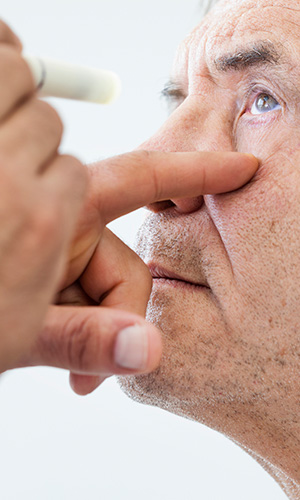Get Easy Health Digest™ in your inbox and don’t miss a thing when you subscribe today. Plus, get the free bonus report, Mother Nature’s Tips, Tricks and Remedies for Cholesterol, Blood Pressure & Blood Sugar as my way of saying welcome to the community!
7 ways to reduce your risk of cataracts

Cataracts result when the naturally clear lenses of your eyes begin to cloud, causing you to see halos around lights and experience difficulty seeing in dim light, eventually leading to blurred vision or complete vision loss.
Over 24 million adults over the age of 40 in the U.S. have cataracts and by the age of 80 over 50% of people will suffer from the condition.
Currently, the only effective treatment for cataracts is surgery to remove the clouded lens and replace it with an artificial one.
This makes focusing on cataract prevention vital to maintaining healthy eyesight.
Signs you’re developing cataracts
There are some warning signs to look for that could mean you’re on the road to cataract development.
These include:
- Discoloration of your eyes – A yellowish or brown color in your eyes can be caused by clumps of protein that clouds your lens.
- Sensitivity to light – Increased sensitivity to the light from car headlights, sunlight or indoor lighting such as lamps is often one of the first signs of cataract development.
- Cloudy vision – This usually starts in a small part of your eye and then progresses to cover your entire lens.
- Frequent changes in prescription glasses or contacts – If you find yourself needing a higher prescription for your contacts or glasses regularly, this could be a sign of cataract development.
- Problems with night vision – Since cataracts cause problems with eyesight in dim light, night vision can be a problem.
- Fading or yellowing of colors – The protein build-up in your lens that goes along with cataracts can result in problems perceiving true colors.
Now that you know if you’re at risk, here a few things you can do to prevent cataract development naturally.












